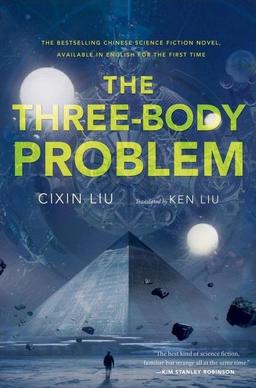Discovering Robert E. Howard: Rob Roehm – Tragic Things
 We’ve had over a dozen posts in our ‘Discovering Robert E. Howard’ series here at Black Gate, but we haven’t had a single post yet about Howard himself. Oops. Rob Roehm, Featured Attendee at the 2014 REH Days and Director of Publications for the REH Foundation, fixes that hole for us. As you can see from the first paragraph, the story of Robert E. Howard’s aunts and uncles is a sad one. Take it away, Rob!
We’ve had over a dozen posts in our ‘Discovering Robert E. Howard’ series here at Black Gate, but we haven’t had a single post yet about Howard himself. Oops. Rob Roehm, Featured Attendee at the 2014 REH Days and Director of Publications for the REH Foundation, fixes that hole for us. As you can see from the first paragraph, the story of Robert E. Howard’s aunts and uncles is a sad one. Take it away, Rob!
In his February 27, 1944 letter to E. Hoffmann Price, Dr. Isaac M. Howard briefly describes the state of the Howard family: “Mr. Price, the most tragic things have come to me: 2 bros., 3 sisters all dead, one sister was burned to death, one bro. killed, his body mangled beyond description by a railroad train. My wife died after a terrible lingering sickness, my only child going at the same time, leaving me alone of my father’s family.”
While fans of the doctor’s son, Robert E. Howard, are aware of the June 1936 events that deprived Dr. Howard of his immediate family, the fate of his brothers and sisters is also interesting, and is indeed full of “tragic things.”
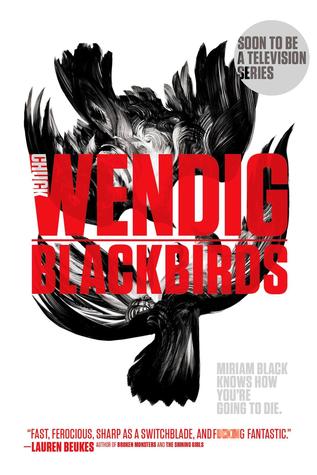
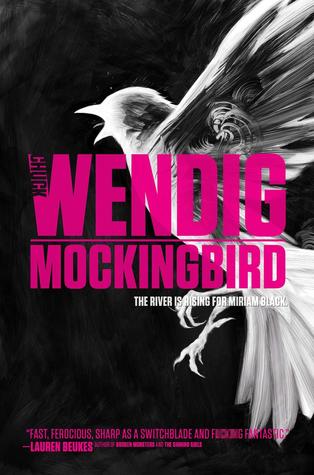
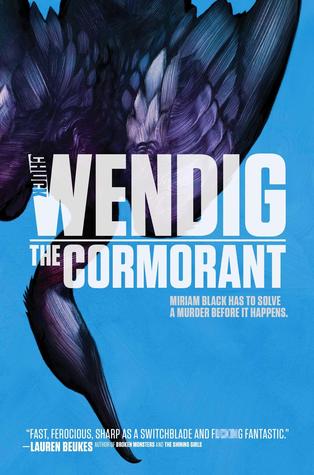
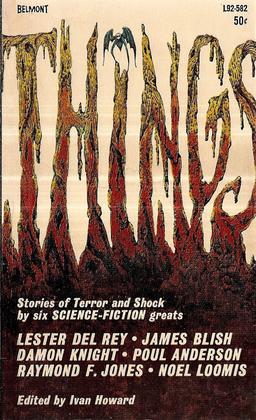
 By this point I’ve discussed all the movies I saw in theatres at the Fantasia film festival, but there remain a half-dozen more that I saw courtesy of the Fantasia screening room. I’m going to write about them over two posts, for ease of reading. And then I’ll have a coda wrapping up my Fantasia coverage with thoughts on what I saw, and the value of the festival. For now: reviews of the psychological romance comedy Poison Berry in My Brain, the metafictional satire Anima State, and the suspense movie The Interior. All of them, one way or another, directly to do with what happens inside the head.
By this point I’ve discussed all the movies I saw in theatres at the Fantasia film festival, but there remain a half-dozen more that I saw courtesy of the Fantasia screening room. I’m going to write about them over two posts, for ease of reading. And then I’ll have a coda wrapping up my Fantasia coverage with thoughts on what I saw, and the value of the festival. For now: reviews of the psychological romance comedy Poison Berry in My Brain, the metafictional satire Anima State, and the suspense movie The Interior. All of them, one way or another, directly to do with what happens inside the head.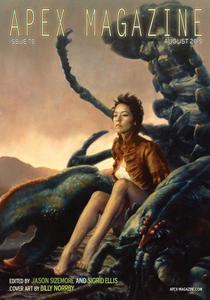

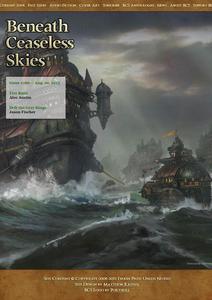
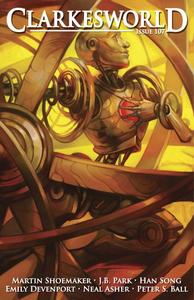
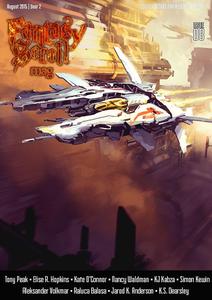
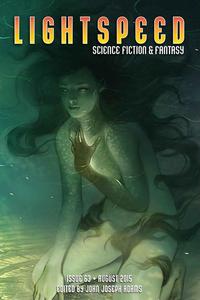
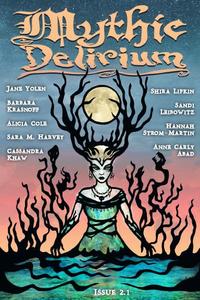
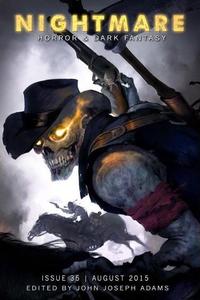
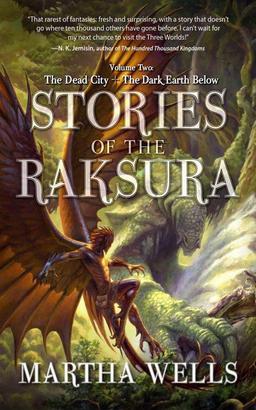
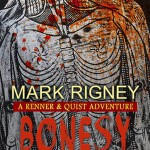


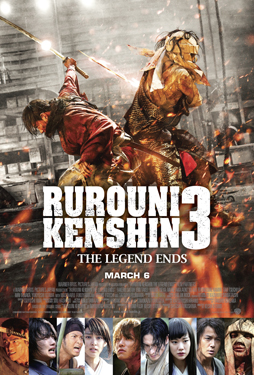 Tuesday, August 4, was my last day at the Fantasia Festival. It was the official closing day of Fantasia; they’d added a few screenings on Wednesday, but nothing that looked compelling to me. I have some more films to write about after this, thanks to the festival’s screening room. But since I’ll be writing here about the last three movies I saw in a theatre at the 2015 Fantasia Festival, in this post I want to make a point of acknowledging the crowds.
Tuesday, August 4, was my last day at the Fantasia Festival. It was the official closing day of Fantasia; they’d added a few screenings on Wednesday, but nothing that looked compelling to me. I have some more films to write about after this, thanks to the festival’s screening room. But since I’ll be writing here about the last three movies I saw in a theatre at the 2015 Fantasia Festival, in this post I want to make a point of acknowledging the crowds.